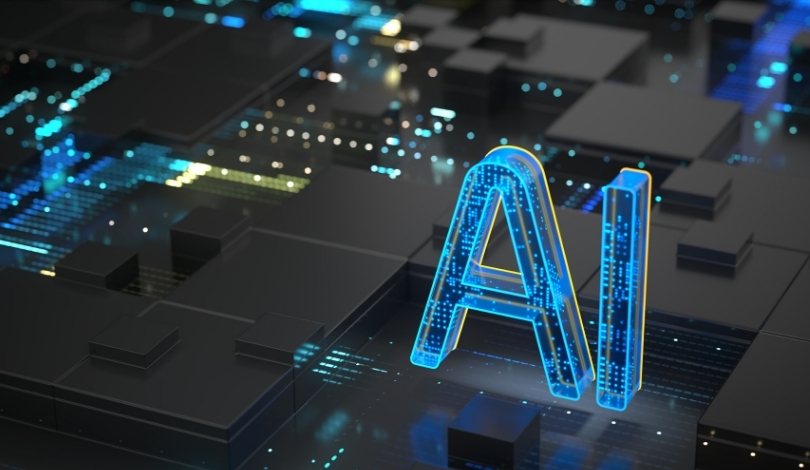Video archives often hide moments that matter, from behind-the-scenes sports drama to cultural signals missed by traditional tagging methods. While many companies have focused on improving how we write and listen through AI, the challenge of allowing machines to truly “see” has remained. Twelve Labs, launched in San Francisco in 2021, focuses on bringing deeper intelligence to video content, attracting notable support and partnerships across industries. These developments have triggered fresh conversations about both the potential and responsibilities tied to deploying AI-driven video understanding at scale.
When examined alongside previous media reports, Twelve Labs has steadily attracted attention for its ambition and high-profile backers, such as Nvidia, Intel, and Firstman Studio. Earlier coverage often highlighted its technical promise and the broader AI trends, but specific details about its collaborations, capabilities in industries like security and advertising, and its decision to restrict biometric features are more recent. Unlike earlier portrayals that focused narrowly on entertainment, the company’s recent actions and technological offerings reveal a broader enterprise reach and a clearer stance on ethical AI deployment.
How Does Twelve Labs Power Video Intelligence?
Twelve Labs provides artificial intelligence tools that automatically search, summarize, and generate video clips from vast footage archives. Media companies, sports leagues, and advertising firms are among its primary users, employing these tools to automate content creation and analysis. Government and security agencies also rely on the platform for advanced event search and monitoring, such as deployments in South Korea for analyzing large-scale CCTV footage.
What Sets Twelve Labs Apart from Similar Companies?
Unlike its namesake peer ElevenLabs—which specializes in audio—Twelve Labs focuses on multimodal AI models with a video-first approach.
Twelve Labs co-founder Soyoung Lee said, “Large language models can read and write really well. But we want to move on to create a world in which A.I. can also see.”
Its platform does not include facial or biometric recognition features, a deliberate decision aimed at reducing privacy and security risks. This sets it apart from others pursuing generative AI, where image or video generation gets more attention than in-depth video understanding.
Will AI Replace Creative or Security Jobs?
There are ongoing debates about whether video-native AI will reduce job opportunities in creative or analytical sectors. Twelve Labs views its tools as enabling rather than displacing, allowing smaller creators and analysts to achieve tasks previously reserved for companies with extensive resources.
Lee addressed this concern: “I don’t know if jobs will be lost, per se, but jobs will have to transition.”
By automating repetitive search and tagging, employees can refocus on decision-making and storytelling.
Looking ahead, Twelve Labs plans to further expand by building agentic platforms that not only interpret but also generate video narratives. This advancement could cater to various sectors, such as retail foot-traffic analysis or contextual security incident mapping. The company continues to collaborate with tech peers including ElevenLabs, and draws on guidance from advisors with media, technology, and AI backgrounds.
AI-driven video understanding is advancing rapidly, but Twelve Labs’ stance on ethical deployment and its strategy to avoid biometric recognition distinguish it from competitors. Businesses interested in leveraging their large video archives for creative, analytical, or security purposes can find practical support in these offerings. For organizations worried about workforce shifts caused by automation, adopting such AI can mean upskilling toward higher-value work, rather than direct replacement. Those considering deploying AI video tools may want to assess the privacy and operational implications of providers like Twelve Labs, especially as the landscape continues to evolve quickly.









